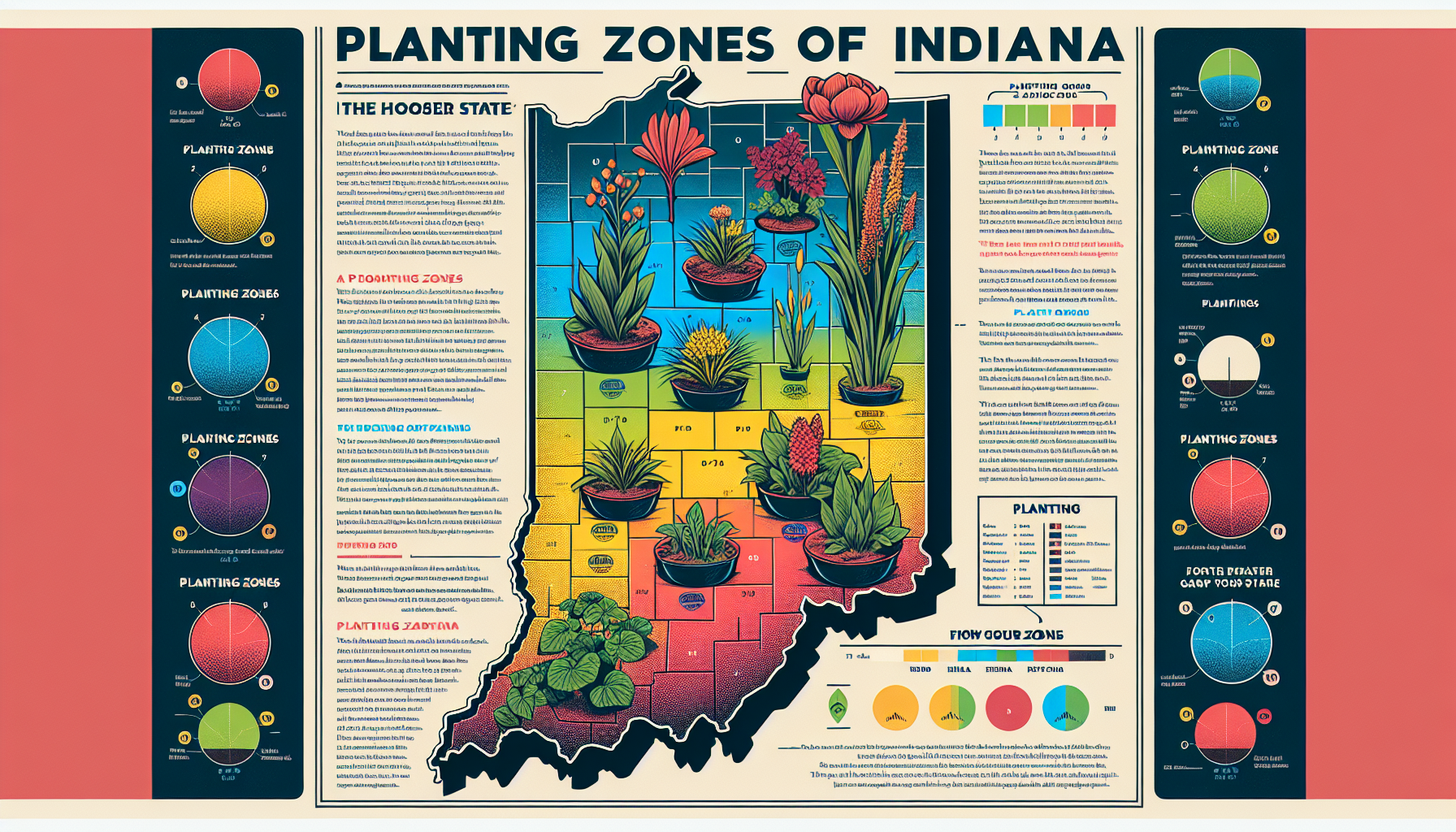
what planting zone is indiana
What Planting Zone Is Indiana?
When it comes to gardening, knowing your planting zone is crucial for selecting the right plants and ensuring they thrive. If you live in Indiana, you may be wondering: What planting zone is Indiana? In this blog post, we’ll break down Indiana's USDA planting zones, explain how they impact your garden, and provide tips for successful planting in the Hoosier State.
Understanding Planting Zones
The United States Department of Agriculture (USDA) has created a Plant Hardiness Zone Map to help gardeners identify the average minimum winter temperatures for their area. This information helps determine which plants are most likely to survive the winter and thrive in your garden.
Indiana's USDA Planting Zones
Indiana falls into USDA planting zones 5b to 6b, depending on the specific region. Here's a breakdown:
- Zone 5b: This zone covers northern Indiana and has average minimum winter temperatures ranging from -15°F to -10°F.
- Zone 6a: Central Indiana falls into this zone, with average minimum temperatures between -10°F and -5°F.
- Zone 6b: Southern Indiana is in this warmer zone, with minimum temperatures ranging from -5°F to 0°F.
To find your exact zone, you can use the USDA Plant Hardiness Zone Map by entering your zip code.
Why Planting Zones Matter
Understanding your planting zone is essential for a successful garden. It helps you:
- Select plants that can survive your region’s winter temperatures.
- Determine the best time to plant flowers, vegetables, and other crops.
- Plan your garden for year-round growth and maintenance.
Choosing plants that are well-suited to your zone will ensure they have the best chance of thriving in your garden.
Gardening Tips for Indiana
Here are some tips to help you make the most of your garden in Indiana:
- Choose hardy plants: Look for plants labeled for your specific zone. For example, perennials like coneflowers and daylilies are excellent choices for Indiana gardens.
- Start seeds indoors: Indiana has a shorter growing season in some areas, so starting seeds indoors can give your plants a head start.
- Use mulch: Mulching helps retain moisture, regulate soil temperature, and protect plants during colder months.
- Plant at the right time: Check the last frost date for your area to determine the best planting schedule. In most parts of Indiana, the last frost date is in late April or early May.
Conclusion
Indiana’s planting zones range from 5b to 6b, making it a diverse state for gardening. By understanding your zone and following these tips, you can create a thriving garden filled with beautiful plants and delicious crops. For more information, visit the USDA Plant Hardiness Zone Map and start planning your garden today!